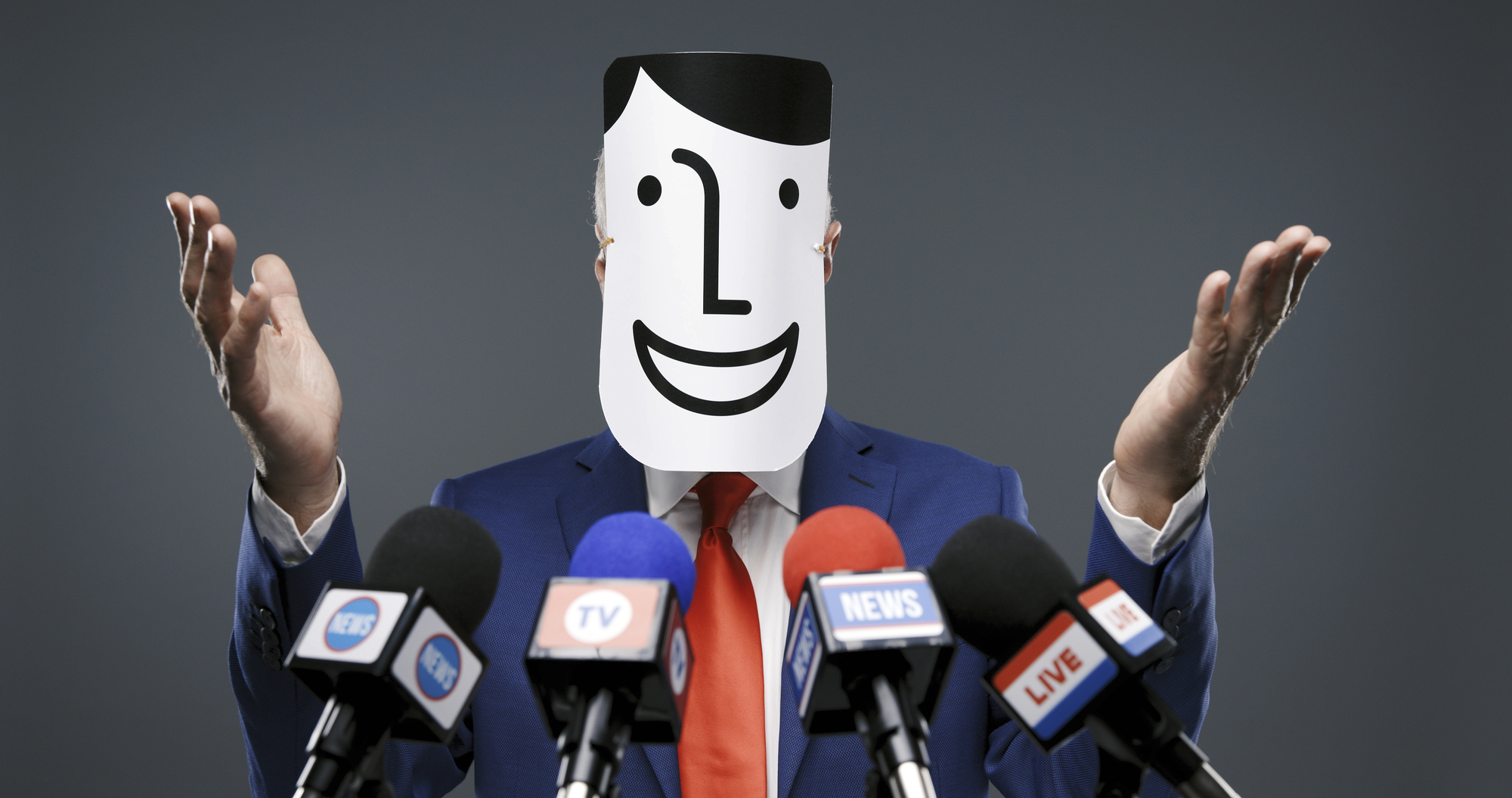Hyper-partisanship and Centrism in Modern Political Discourse
Hyper-partisanship in the United States political system is becoming more and more of a topic of concern among Americans. Politicians from both parties are finding it increasingly difficult to find common ground, more extreme and even “radical” factions of both the right and the left are beginning to take hold, and many politicians who are less willing to compromise are being elected into office. This kind of partisanship has transcended the discourse among elected officials as these types of sentiments have taken hold among media outlets, and in turn, the electorate.
A recent Pew Research Center poll found that 80% of Americans think that Republicans and Democrats can’t even agree on basic facts. The fact of the matter is that in an increasingly polarized political dialogue, the archetypal moderate Democrat or Republican as elected officials and as members of the electorate are dying breeds. In no instance has this polarity been more evident than in the discourse surrounding the legality of abortion in America, an issue that has been highlighted by the hearings regarding the nomination and confirmation of Brett Kavanaugh to the Supreme court. In recent statement, Kavanaugh made it increasingly clear that these ‘basic facts’ are topics of dispute by taking a more radical stance on reproductive rights and referring to birth-control as an “abortion inducing drug” in a recent hearing. The backlash surrounding this statement was immense, as Kavanaugh seemed to suggest that contraception was synonymous with abortion, which it is not.
As the rhetoric surrounding this debate intensifies, it is important to examine some of the driving forces stemming from the two primary parties’ stance on the issue. According to the democratic party’s 2016 platform, it “believe[s] unequivocally, like the majority of Americans, that every woman should have access to quality reproductive health care services, including safe and legal abortion—regardless of where she lives, how much money she makes, or how she is insured.” This statement is essentially the opposite of the RNC’s stance on the issue, which is, “The Republican Party is proud to stand up for the rights of the unborn and believe all Americans have an unalienable right to life.” With both ideologies considered, it’s no wonder that there is so much contention between these parties regarding the issue.
These diametrically opposed platforms show how contentious the debate surrounding abortion is, but considering how much disagreement exists about if a woman should have the right to choose, would it be better if politicians could just meet somewhere in the middle? In the context of abortion, the consideration of extremism and centrism in political discourse begs the question: is taking a highly polarized, uncompromising approach to political discourse more ethical than taking a highly centrist approach? In the following paragraphs, I will explore some the flaws with both trains of thought and the negative effect that both can have on our democratic process.
Many have taken notice of the uncompromising nature of our political rhetoric, especially Nebraska senator Ben Sasse, who according to Fox, considers leaving the Republican party on a daily basis, saying “The main thing the Democrats are for is being Anti-Republican and Anti-Trump,” and that “The main thing the Republicans are for is being Anti-Democrat.” Aside from disaffected senators and other politicians like Sasse, the flaw with an uncompromising, hyper polarized approach to political discourse affects and is informed by the way that we receive our information.
In a study done in collaboration between Aalto University in Finland, the Qatar Computer Researching Institute, and the University of Helsinki in Finland, researchers explore how our rhetoric has become so polarized by looking at “echo-chambers” in social media platforms. These “echo-chambers” occur when the political-leaning content that users receive from the network agrees with that of the content they share. They typically form in social media platforms and impact user opinion and not surprisingly, the study found a strong correlation between the consumed and produced content of social media users.
According to the study, these outlets support our previously-held beliefs without challenging our thought processes, as “bipartisan users pay a price in terms of network centrality, community connection, and endorsements from other users (retweets, favorites)”. This suggests “the existence of latent phenomena that effectively stifle mediation between the two sides”. So essentially, any amount of partisanship in the use of social media is likely to lead to a more intense form of partisanship.
This hyper-partisanship brings out some of the nastier aspects of political discourse. But is it better to have politicians that bicker and fight than it is to have politicians that only position themselves to appeal to a broader group of people?
A more centrist approach to solve the problem of echo chambers is not the silver bullet that many make it out to be. The flaw with centrism lies in the fact that it isn’t really a system of belief in itself, but rather a position between the two most commonly held beliefs. Centrism is a relative term: it could mean that you align yourself between the democratic and republican party, but what happens when both sides of the spectrum that you are aligning yourself between start to move closer and closer to a truly unethical agenda?
By adapting an overly centrist form of thought, you make your own morality fluid and susceptible to the changes of the current discourse, for better or for worse. According to Gladstone of Paste Magazine, “Centrism is a byproduct of triangulation – the political positioning of yourself between opposing views. It has more to do with geometry than ethics”. A great example of this kind of moral geometry is found in the rhetoric surrounding the economy stimulus in 2009. Ross Douthat of The Atlantic paints a picture of how centrists approach these budget deficit issues, saying
“In this world, centrist Senators exist to take politics as usual – whether it’s tax cuts in Republican eras, or spending splurges in Democratic ones – and make it ever so slightly more fiscally responsible. So if the GOP wants, say, $500 billion in tax cuts, the country clearly needs $400 billion in tax cuts – but not a penny more! And if the Democrats want $900 billion in stimulus, then the best possible policy outcome must be … $800 billion in stimulus!”
Again, it all goes back to how these politicians position themselves rather than solutions that they actually propose. Douthat argues that there is a case to be made for “radically different” stimulus package, and a case to be made for the stimulus package that was put in place, but “thanks to the centrists, we’re getting the cheapskate version of the gargantuan version: They’ve done absolutely nothing to widen the terms of debate about what should go into the bill”. This example shows how refusing to take a unique stance on an issue can negatively affect the outcome of its implemented solution.
As the political discourse continues to intensify and disaffected politicians invoke bipartisan morality, it is important to scrutinize both the stances that intensify this divide as well as the ones that take the moral high ground. Polarity is about omission of information for the support of a previously held belief whereas centrism is about the omission of a real stance on that information. Both approaches can be dangerous in their own right and being able to understand and identify both is an important part of our democratic process.





